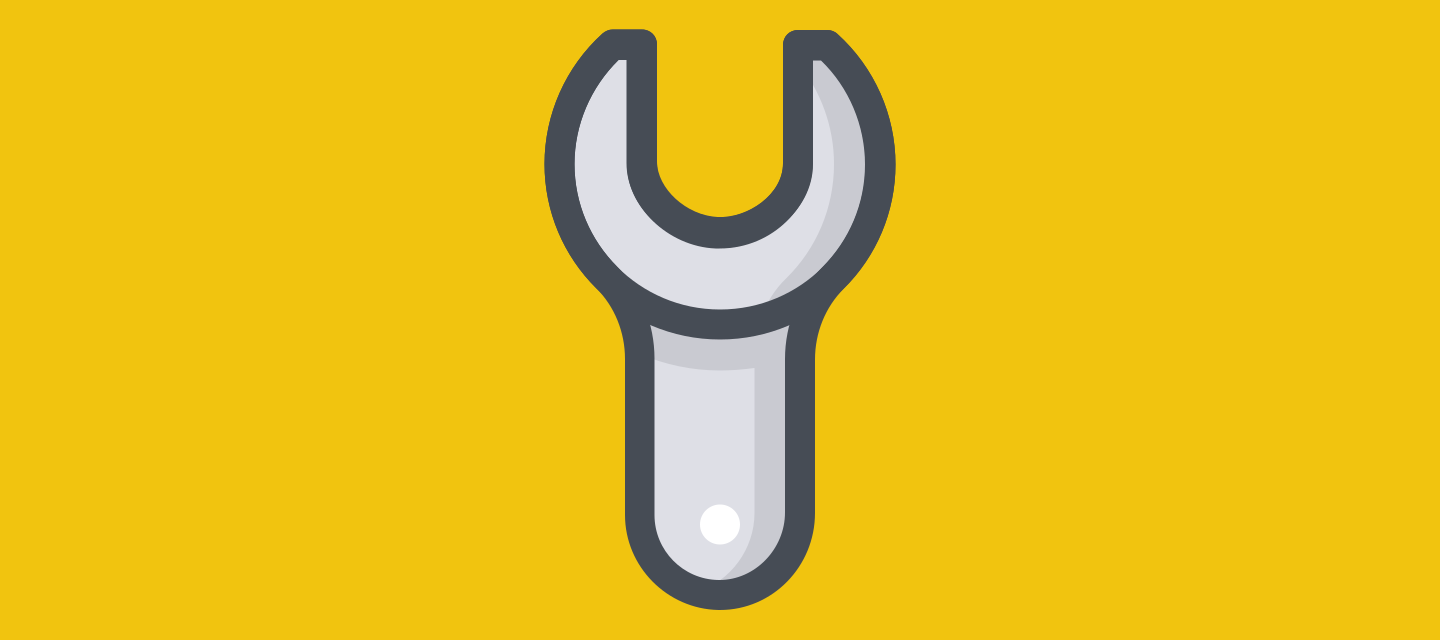Include maintenance and after care in your planning
This article is part of the series “Set your project up for success.”
Even after an app is accepted, know that there will be a life cycle. Along the way, your app will likely need to "mature" and be adapted. Making a plan for maintenance ahead of time will set expectations for everyone involved.
Know that there will be a life cycle. Your app will need to "mature" and be adapted.
Entering the maintenance and support phase
After the application is delivered and accepted by users, the project is usually closed and a new phase starts in which users will find bugs, ask questions about usage, and request new functionality.
We recommend entering into a maintenance and support contract with the customer for this. Do not forget to include the costs for testing in your contract.
Be specific about how the users' needs will be met:
- Bug reports - How quickly will these be dealt with? How will they be prioritized?
- Usage questions - How will they contact you? How quickly will you respond? Do you have documentation to aid the users? How will you share it?
- Feature requests - Who will decide which requests will be developed? When will it be done? How will it be paid?
Typically, we see a 5-7 year life expectancy for an app. Even in the most extreme case where you no longer hear from a satisfied customer after delivery, you can agree to update the applications once a year, for example.
Be specific about how the users' needs will be met.
Upgrading and integrating new functionality
Keep in mind that, just about every month, a new AIMMS version is released with new functionality that can make any application better. Have you planned when or how often to revisit the app?
Carefully consider how you will approach changes in the environment or updates to the product. What will happen if your customer asks for new features, or if AIMMS offers a new version that can benefit your app? How will you test the changes in production?
Making arrangements for support
Services can be performed by AIMMS, a partner, customer or contractor. Support and After Care is, in most cases, provided by the partner and by AIMMS User Support. However, provisions for these services should be made well in advance. It is important to present the customer with a clear overview of how 1st, 2nd and 3rd line support are organized, and include a cost overview.
AIMMS User Support provides Model Audit Start to Finish support, but arranging such services requires clear communication about the scope and nature of the product (Are you going to solve a "scheduling" and/or "routing" problem? Will your model contain over 5 million constraints/variables?).
Having a clear picture of your needs ahead of time will make the process of arranging support easier in the long run.
Read now:
Part 1, Devote time to key areas in your plan for success
Part 2, Make "Time to Value" a priority
Part 3, Determine what data from which sources is needed



